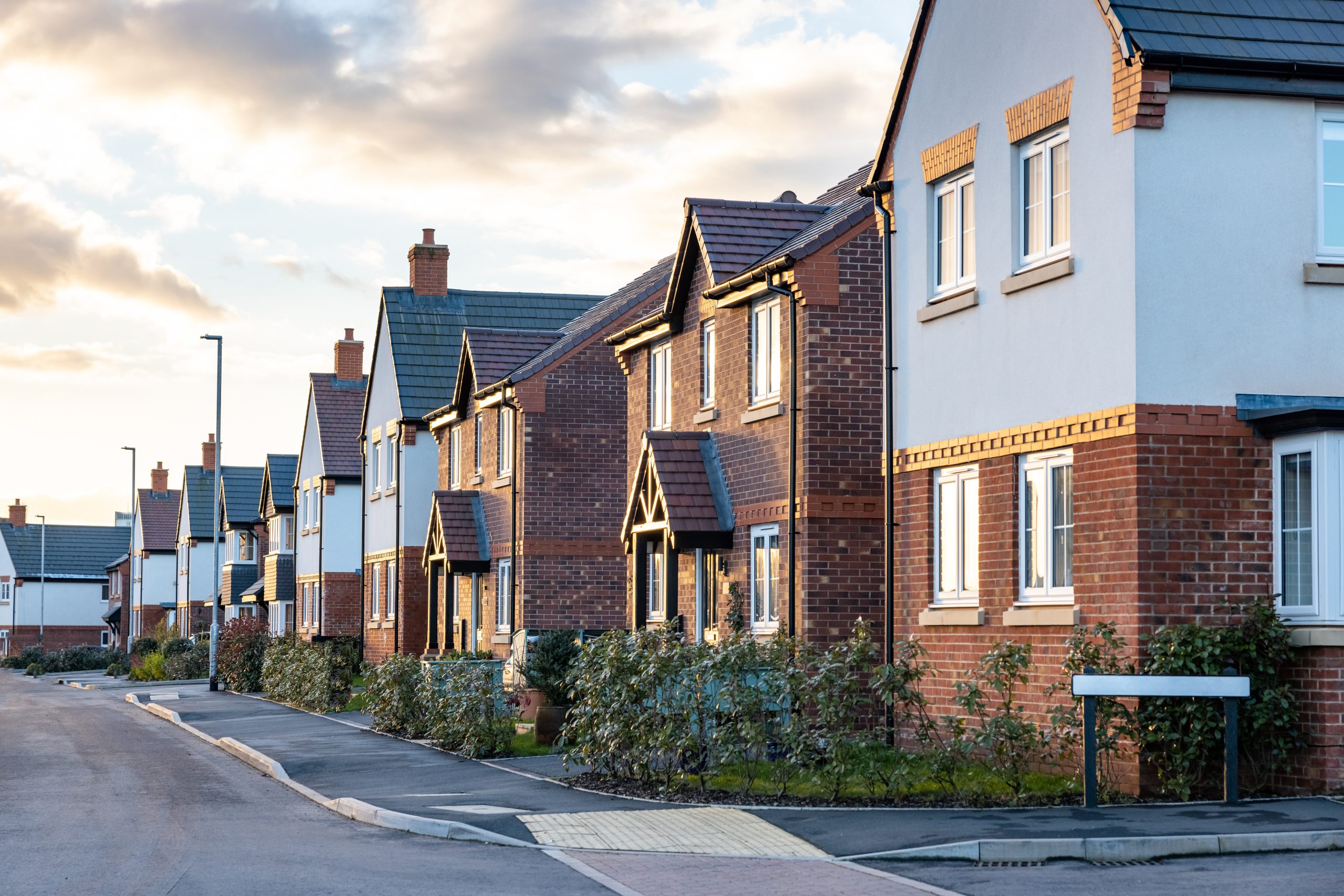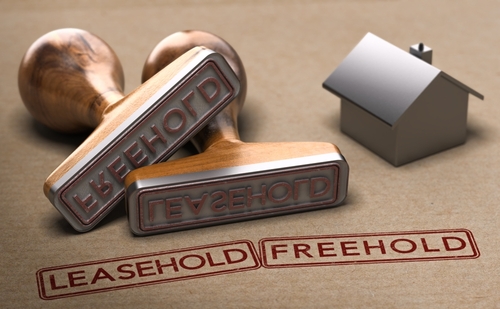When you begin the process of buying a new property, many questions will run through your mind. From the cost to the location, there are a considerable number of aspects that must be considered from the get-go. Thinking ahead about your specific needs and how you can manifest them into your reality will do you plenty of favours and undoubtedly save you a lot of time in the long run.
The aesthetics of a home is something that excites every buyer. But where do you stand when it comes to new builds – or builds that have perhaps stood the test of time?
Here at Cavendish Legal Group, property is our speciality. In this article, we take a look at both the pros and cons of buying older vs newer builds.
Older Property
Often, older homes are what you’re used to. You grew up with them and they’re what you know. You’re almost guaranteed that English charm in terms of its structural design, which has perhaps been lost when it comes to modern construction and newer building techniques. But what are the real advantages and disadvantages of this style of home?
Pros
- Older properties are notorious for their large space. They were designed during a time when land was cheaper to purchase and often benefit from both front and back garden areas.
- Usually built with brick or stone, which is naturally thick and dense, they offer greater sound protection on both a room-to-room and house-to-house basis.
- Typically, they are built close to essential amenities such as schools and town centres. While older homes stood strong for years, public areas were developing around them!
- Due to their size and the type of land they are built on, they offer huge potential when it comes to increasing property value. This could be achieved by adding an extension!
- They can make a great investment as homes aren’t built like they once were. Because of this, they are sometimes in high demand from other buyers!
Cons
- As technology has advanced, older homes have been left in the past. When buying an older property, it’s important to acknowledge that it will have outdated heating, plumbing, and electrical systems.
- Naturally, older properties will experience more wear and tear such as damps and leaks which could be expensive to repair – due to their outdated systems.
- Commonly when moving into an older home, there are a lot of renovation costs to ensure you put your own stamp on it. While you can admire its historic exterior, you will likely want to spruce up its interior with some modern touches.
- You might notice than on some occasions, home insurance might be higher than if it was a new build. This is because insurance firms believe there is more risk involved!
- Builder snags are sometimes common in older homes, there might be problems that weren’t spotted upon first inspection but later become present!
Newer Property
If you’re in the market for a modern property, you’ll not have to look far. New developments are happening across the country and there are plenty of incentives to buy one. But just like older properties, there are pros and cons…
Pros
- The most obvious pro to buying a new build home is that they are what they say on the tin. Completely new and completely yours. You’d be the first to live there and make it your own!
- Built for the modern world, they are energy efficient which will help with household costs. They are insulated with cavity wall foam and benefit from double glazing.
- One of the biggest sellers of a modern home is that they come with a 10-year warranty structural warranty which proves they’re built to high standards.
- Insurance costs will likely be lower for new builds due to the area they’ve been built in.
- As the home is being built for you, it’s easy to personalise the interior to make it how to imagine it. This will save you on future renovation costs!
Cons
- New builds are known for being smaller in comparison to older properties. This means that you won’t get as much space as a traditional home, which can affect the likes of storage.
- Unlike their old build counterparts, they don’t offer much character and usually look the same as every other house on the street.
- Some research has shown that new builds on average are priced higher, which means they are more expensive to initially buy.
- If you’re eager to move into your new home, it’s important to consider that there might be some delays regarding its development as its built.
- Modern homes, and their developers, like to capitalise on as much space as possible which is one reason for thin walls. Less time spent needed to construct!
Property is a lifelong investment, which means you must weigh up all of the options. As conveyancing solicitors, it’s important that we recommend following all appropriate procedures to ensure your process is as simple as possible. If you require any additional information or support, don’t hesitate to contact our team today!






